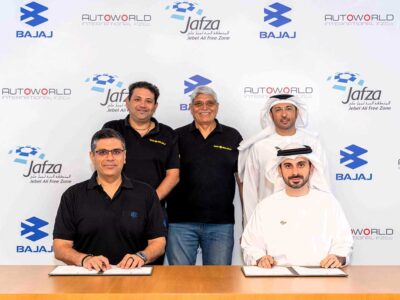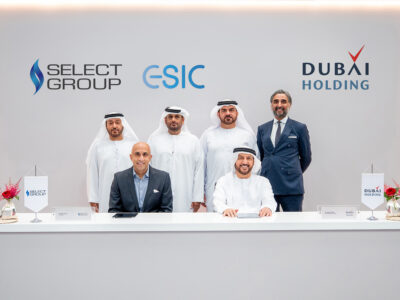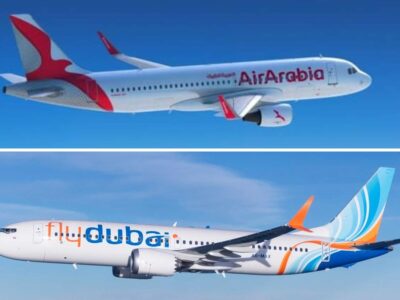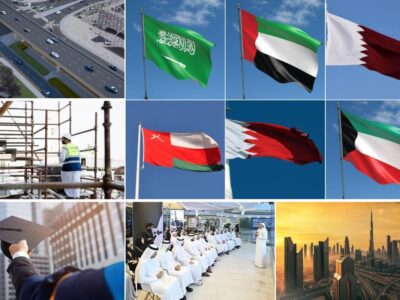With a construction industry worth an estimated US $550 billion (AED2 trillion), according to Ventures Middle East, and projects hitting the headlines around the world, the UAE has boldly put itself in the international spotlight.
But with the news at the end of last year that the Emirates had the highest ecological footprint in the world, the subject of green building design has become the latest hot topic in the local construction industry and looks to remain at the forefront of people’s minds during 2007.
Last year, Dubai Municipality announced plans to enforce the use of low-water usage plumbing devices in new buildings and this year, Wafi City’s district cooling plant achieved Gold Leadership in Energy and Environmental Design (LEED) status, the first accreditation of its kind in the Middle East.
Add to this the creation of the Emirates Green Building Council, and the UAE construction industry is slowly taking steps towards its green obligations.
But what will take the industry to the next level and a new set of rules regarding green building design in the emirate?
According to Dr Mohammed Dulaimi from the British University in Dubai, evidence from other areas of the world has shown that the number one driver for change is government regulation, and the second is demand from clients.
In an effort to canvas the local industry’s opinion of where the drive will originate to improve green building standards,
Construction Week
conducted a website poll: who should be responsible for pushing green building design? Consultants received 8.2% of the vote, developers 9.3%, and the government 26.8%. Contractors didn’t receive any votes and a massive 55.7% of you thought it should be a collective effort between all parties.
That is a view shared by Dr Sadek Owainati, deputy general manager, Al Naboodah and founder member of the Emirates Green Building Council, although he admits that some have more responsibility than others.
“It is important to get all stakeholders working together. There is a triangle: the client, the contractor and the consultant. All of them have a responsibility, but perhaps more of the onus is on the consultant, who specifies the work, as the contractor only has to implement the project. It is the consultant who has to convince the client of the benefits of any design and that the future financial return is always much better than the initial capital investment,” he says.
“It continues to be the consultant’s role to convey this important message and the government’s role to implement the right regulations,” he adds.
At present, Dubai Municipality has a list of environmental criteria as part of its Building Code of 2001, but, apart from legislation on thermal insulation, the instructions regarding green buildings are believed to be optional, not mandatory.
But despite the lack of a legislative framework, consultants are saying it is their job to promote green building concepts and sustainability from the outset, even if the developer is reluctant to invest.
“As part of our corporate social responsibility and commitment to the principles of sustainable development, we not only advise our clients to enact their statutory obligations, such as the requirement for them to undertake an Environmental Impact Assessment, but go one step further to ensure that value is added to their development through sustainable design,” says David McKenna, senior environmental consultant, Hyder Consulting Middle East.
“There are a lot of benefits to be taken from designing a building for the long term, such as the incorporation of energy saving features. The main barrier we currently face in encouraging clients is tight project schedules. Invariably, the developer is not the end user and thus the longer-term benefits of green building design are not afforded appropriate importance. I would envisage that end user demand for sustainable design and cheaper living costs will eventually encourage developers to take this more seriously.”
Dulaimi agrees that the challenge is to make long-term savings appealing to the seller: “How can we take environmental sustainability and make it a selling point? If a building had a ‘tag’ saying that it is well designed, for example, then the buyer will realise that it can be sold on for more profit and the seller will be able to sell it for 10% more,” he says.
But although the industry faces hurdles in making green building appealing to clients, McKenna says that an increasing number of developers have been showing direct interest in environmental design.
“Our Sustainable Design Group has recently received several inquiries from leading developers asking for our advice on how to ensure they get the best out of the design of a building and incorporate green building concepts,” he says.
And this has been taken one step further by developer Nakheel, which has its own in-house department looking at environmental construction methods.
“Nakheel is developing and implementing its own in-house standards for environmentally responsible building. These standards have been developed with consideration for the unique conditions of the Arabian Gulf, in particular the climate and the limited availability of water,” says Shaun Lenehan, senior environmental consultant, Nakheel.
“The application of the standards applies to the design, construction and operational phases of each development; however, the main focus is through the phases of master planning and detailed design.”
Despite the growing activities by some developers and consultants to encourage sustainability, Dulaimi says that the industry players can’t work on their own, and academics have a significant role to play in the process of bringing parties together.
“At the moment, it seems that companies here have their own individual agenda. They are very clear on what they want to do, but you can’t work in isolation,” says Dulaimi.
“One of the things that we can do is start to encourage students in universities to take on this issue in their research, and come up with evidence that actually there is need for the industry to become more green, and produce guidelines for the industry to achieve certain targets,” he adds.
With evidence of developers looking to improve their designs, active involvement from universities to convince the industry to go green, and the work of the Emirates Green Building Council to bring people together towards a common goal, it only remains for the government to implement further regulations to push green building design further up the agenda.
“If legislation on green building design becomes mandatory, then it would be a positive step forward towards international best practice, ensuring the long-term sustainability of the UAE and reducing the carbon footprint of the emirate,” says McKenna.








